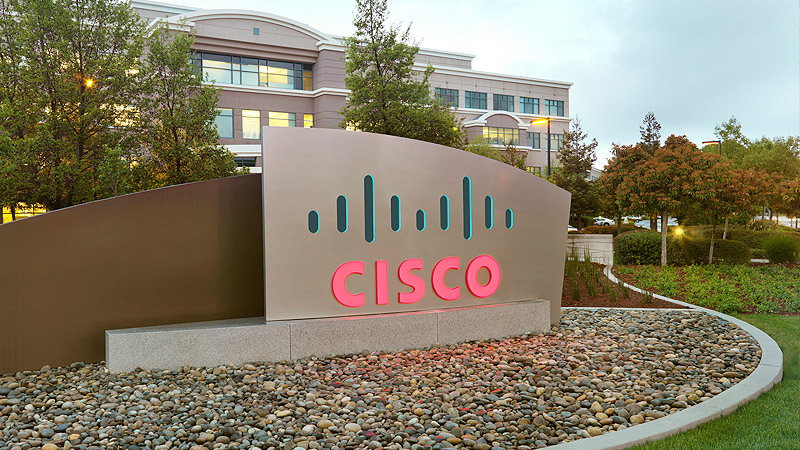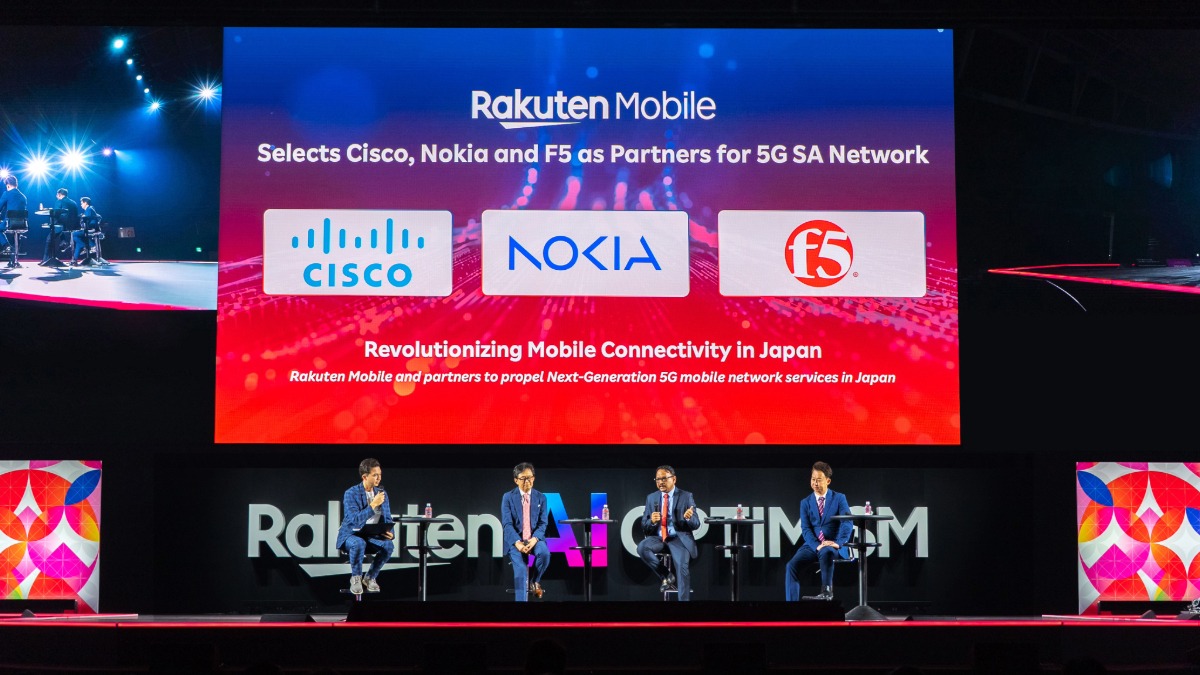London, November 15, 2002 - 510 (Fifty One Degrees), the telecommunications infrastructure business for London set up by London Electricity Group plc, today announced that it is now offering the first Ethernet-based broadband connectivity service to live operational customers in the UK using Cisco's Metro Ethernet Switching solution based on Ethernet over MPLS (EoMPLS)*.
"With the e-envoy's December broadband deadline looming, wiring London is very topical and crucial to ongoing economic success. We are therefore delighted to be recognised as the first Metro Ethernet provider in the UK to use Cisco's 802.1Q Tunneling architecture (VLAN tag stacking) at the network edge, which helps provide high degrees of security - an important factor with a broadcast technology such as Ethernet," comments Cliff Walton, managing director of 51 Degrees. "Customers can therefore be confident that sensitive materials will be transported over a 51 Degrees' Ethernet solution with industry leading security."
Since 510 was launched in December 2001, the collaboration with Cisco Systems has helped enable the service provider to design, test and roll out a Metro Ethernet solution. 510 has worked in tandem with Cisco in conducting research to identify the potential marketplace for Ethernet in London, using the research in developing sales and marketing strategies, as well as rolling out the technology and identifying key companies such as applications providers, city developers and systems integrators.
"Ethernet over fiber is growing in acceptance around Europe as the next-generation of broadband, which is helping to establish 10Mbit/s as the new baseline for broadband connectivity," commented Mark de Simone, VP technology and solutions marketing, EMEA for Cisco. "This new approach to broadband finally makes delivering advanced services and applications on top of pure connectivity a viable prospect." "Down the line, basic broadband connectivity will come to be regarded as just another utility service - and it's fitting that utility companies are well placed to take advantage of their existing rights of way to add next-generation broadband to their service portfolio."
As service providers worldwide have looked to scale their WANs, MPLS has emerged as a highly scalable and beneficial technology. The current interest in the Metro also stems from service providers' desire to offer more cost effective, high-speed services to their customers:
- Getting on the Ethernet price/performance cost curves at the service provider's point of presence (POP) and at the customer site. The ubiquitous deployment of Ethernet ports globally has served to make this one of the most cost-effective ways to deliver high capacity connectivity.
- The ease of bandwidth upgrade provisioning for data services comes from taking advantage of one of the inherent characteristics of Ethernet: by simply changing the traffic-policing parameter in the customer located equipment (CLE), a service provider can upgrade a customer's bandwidth in a granular way from 10 to 100 Mbit/s or up to Gigabit Ethernet quickly and easily. This is in contrast with the provisioning implications of upgrading a customer with a voice-based private line where every network element in the path from the customer's premise to the service POP needs to be touched. The result is incremental revenue with only slightly incremental operational costs.
Scalable, available, resilient, high performance
MPLS in the core of the network helps allow Ethernet/IP traffic to be carried across the network in a deterministic fashion using a variety of techniques including Diffserv Quality of Service (QoS) and Traffic Engineering. The backbone itself is based on MPLS and IS-IS in the core - providing full QoS for Layer Two and Layer Three applications. Having a Layer Two MPLS-enabled service gives end users flexibility as they are still able to control their IP network over Layer 3. And because of the design and the use of MPLS in the core, the 510 backbone is highly scalable and helps to provide near 100 percent availability. Gigabit Ethernet direct onto G.652 fibre and a mesh network architecture also help to ensure resilience and high performance.
For more information on Ethernet over MPLS, please visit: http://www.cisco.com/warp/public/cc/pd/rt/7600osr/prodlit/emp76_tc.htm
Background Information51 Degrees
510 was launched in December 2001. The 510 backbone network consists of a 60km fibre optic central ring that is supported by 80km of additional spurs and loops reaching into some of London's busiest commercial and residential areas. Customers are turning to 510 for managed bandwidth and dark fibre services. Furthermore, 510's access to LE Group's property portfolio of 17,000 London sites presents customers with co-location opportunities for telecoms equipment, as well as the siting of cellsites for existing and developing mobile network coverage requirements. 510 benefits from exceptional access to the local loop, thanks to the 30,000km of existing infrastructure that supports LE Group's electricity networks across the capital. For more information about 510, please visit www.51deg.com.
Cisco Systems
Cisco Systems, Inc.(NASDAQ: CSCO) is the worldwide leader in networking for the Internet. Cisco news and information are available at http://www.cisco.com. Cisco equipment in Europe is supplied by Cisco Systems International BV, a wholly owned subsidiary of Cisco Systems, Inc.Cisco, Cisco IOS, Cisco Systems, the Cisco Systems logo are registered trademarks or trademarks of Cisco Systems, Inc. and/or its affiliates in the U.S. and certain other countries. All other trademarks mentioned in this document are the property of their respective owners. * Ethernet over Multiprotocol Label Switching





